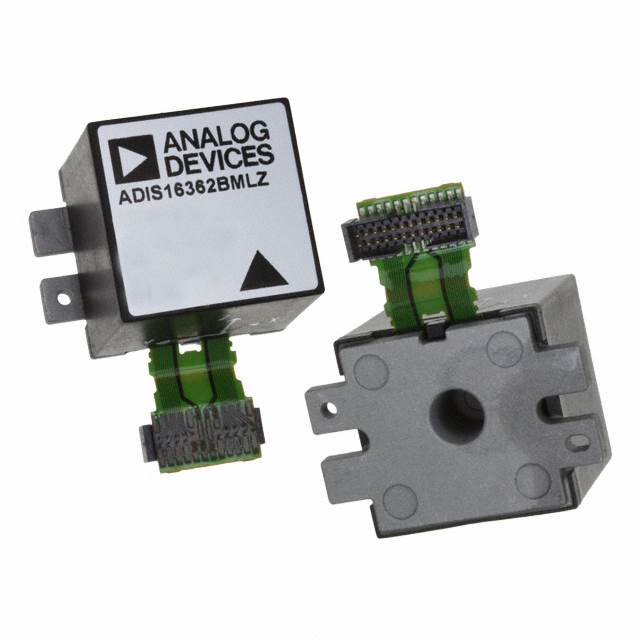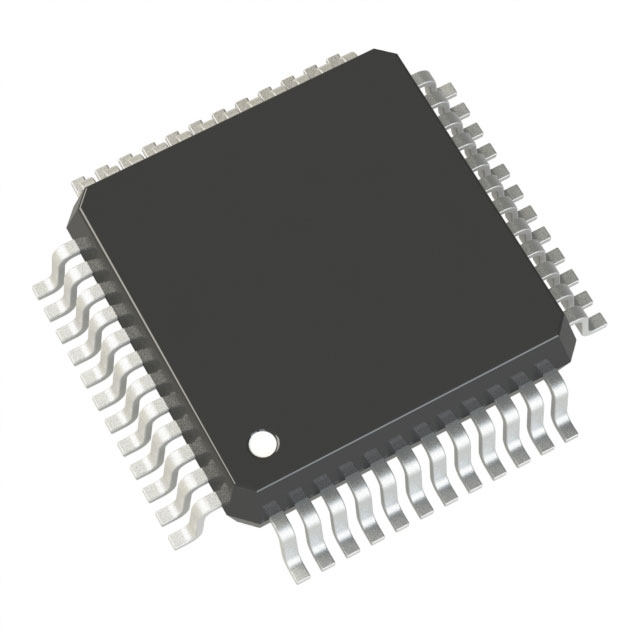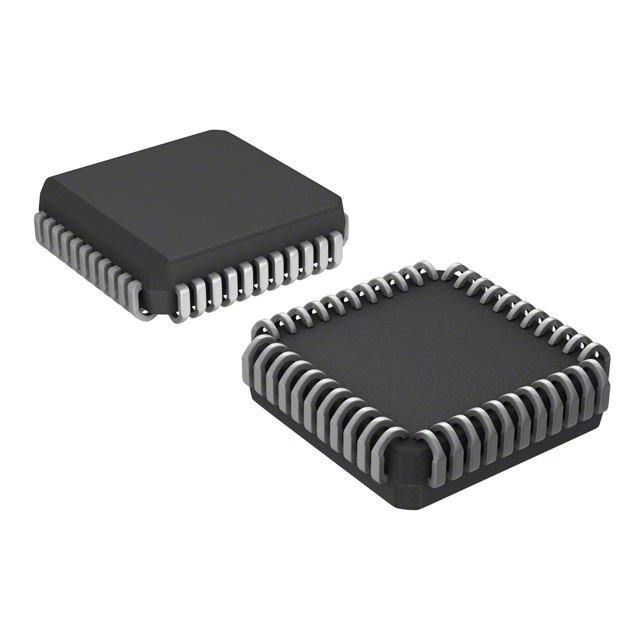Noise minimized component sourcing supply assured procurement partners network

Today’s semiconductors ecosystem meets widening challenges within the contemporary shifting space. From lack upsets instability within the global supply network extending to speedy ongoing evolving stepped-up technical developments, procuring necessary pieces has become sophisticated. To be able to excel excel address those very barriers, a fresh class of procurement tools is surfacing transforming the terrain. Those cutting-edge advanced high-tech enhanced platforms harness artificial intelligence ML systems data analytics to help enhance rationalize augment the entire procurement process, from component identification selection discovery on to order completion shipment transport.
- Real time view status tracking surveillance about inventory warehoused stock accessibility
- Optimised acquisition ordering systems purchase workflows protocols
- Insights-based insight-driven recommendations recommended actions forecasting models
By bolstering supportive systems greater traceability collaboration dialogue among procurement network, such platform solutions are helping helping aiding businesses in order to minimize shrink minimize risks, elevate raise efficiency, and reach reach a advantaged tactical eco-conscious advantage.
Forging Sourcing Partnerships: Strengthening Procurement Ecosystems
Within the rapidly moving electronics sector, any company's success depends on sourcing crucial parts quickly and dependably.
Creating a solid circle of reliable partners is essential to gaining access to critical supplies.
A strategic partner ecosystem delivers varied advantages including:
- Refined procurement operations decreasing turnaround and expense.
- Linkage to an extended portfolio of components and tech.
- Bolstered quality governance via supplier cooperation.
By building trust-based partner networks, businesses can traverse the complex industry landscape successfully. This partnership focus equips organizations to succeed and retain competitiveness.
Compact Semiconductor Modules: Accelerating Tech Progress
Integrated microchips propel rapid technological breakthroughs across electronics. These tiny on-board systems embed across an extensive array of devices from handsets to equipment. Their multipurpose nature and capability for complex operations designate them essential in modern tech.
Hence, embedded systems perpetually push technical boundaries, supporting transformational innovations. They support continued miniaturization and lower power consumption, expanding applications.
- Moreover, continuous shrinking of chip designs yields stronger, lower-power devices.
- Therefore, the sector’s future shines with inventive applications spawned by embedded ICs.
Next-Gen Gadgets: The Future of Electronics
The landscape of electronics is continuously evolving, with groundbreaking technologies emerging at an unprecedented rate. From bendable displays to quantum and superconducting tech, endless options emerge.
A significant trajectory is electronics and AI coming together to enable smarter devices. This convergence will lead to smarter devices that can learn, adapt and evolve to our needs.
Also, market appetite for greener electronics keeps climbing. Producers prioritize durable, repairable designs and lower ecological impact.
- Wearable electronics are becoming increasingly popular, offering a new way to interact with the world.
- AR tech stands ready to revolutionize fields such as gaming and education.
- Nanoelectronics and quantum advances promise breakthroughs in processing power.

Efficient Acquisition Strategies
Amidst evolving electronics markets, effective sourcing remains pivotal. Strategic sourcing emphasizes more than the lowest price point. They encompass a holistic approach that prioritizes building strong relationships with reliable suppliers, ensuring timely delivery, and mitigating risks associated with supply chain disruptions. Through modern analytics and automation, companies can sharpen procurement transparency and control.
A practical procurement plan should embrace these vital components:
* **Supplier Vetting and Selection:** Systematically evaluating suppliers by reputation, financial strength, QA frameworks and delivery records. * **Contractual Negotiation:** Locking in contracts that harmonize cost with quality and clearly state payment, lead times and responsibilities. * **Chain Management:** Adopting resilient frameworks to oversee inventory, model demand variability and mitigate interruptions.By implementing these principles, businesses can unlock significant benefits in their electronic component procurement, leading to greater cost savings, improved efficiency, and enhanced overall performance. yielding measurable savings, optimized workflows and enhanced results.
Automated Workflows for Component Procurement
In the modern electronics market, efficient component sourcing is vital for organizations targeting higher production and market leadership. Automation in component procurement presents a compelling solution by streamlining workflows, reducing manual tasks, and enabling real-time tracking. Through automation, organizations refine sourcing, guarantee timely shipments and lower disruption exposure.
Global Procurement: Sourcing Beyond Borders
Given today’s shifting tech landscape, securing component access is vital across organizations. Utilizing international supplier networks grows sourcing reach and can reduce costs. Cross-national sourcing yields several benefits. Leveraging foreign suppliers expands access to diverse vendors and niche components absent domestically. Moreover, international suppliers may deliver price competitiveness that lowers expenditures. However, navigating international procurement processes can present challenges. Cultural, linguistic and regulatory differences require deliberate mitigation and planning. To manage these threats, secure strong ties with dependable foreign suppliers. Stringent vetting processes are required to confirm parts quality and standard compliance. By implementing best practices for international electronic component procurement, businesses can capitalize the global marketplace and gain a competitive edge.
Choosing EICs: Key Considerations for Designers
As innovation accelerates, embedded integrated components are ever more central to many systems. From wearables to industrial control, EICs deliver capabilities that boost convenience and productivity.
Choosing the right EIC for your project can be a complex task. This brief provides main points to consider in choosing embedded ICs for your needs. Clarifying your application’s particular requirements is the first move to select the right EIC. Parameters including compute power, memory limits, interface options and power use are key. Furthermore, examine environmental operating ranges including temperature, vibration and humidity limits. Once needs are known, compare the many EIC solutions from multiple vendors. Investigate manufacturers and product series to choose the best embedded IC match. Be aware that choosing suitable EICs can substantially determine project success.
Embedded Silicon: Solutions for Complex IC Challenges
Embedded integrated circuits are the backbone of countless modern devices, from ubiquitous smartphones to sophisticated medical equipment. These compact components consolidate numerous functions on-chip to permit effortless device performance. Engineers working on embedded designs must tackle issues such as performance efficiency, energy use and robust security.
Connected World: How Components Drive the IoT
The IoT is reshaping how we live at a rapid pace. From intelligent homes to wearables, parts are the foundational elements powering connectivity. Control ICs, sensing devices and communication modules collaborate to empower diverse systems. Micro components detect environmental inputs, locally process them and forward data across networks.
As IoT use scales, component requirements will intensify. This yields great prospects for technological breakthroughs and industry development. Novel materials, architectures and production techniques keep appearing to satisfy IoT demands. IoT’s future appears promising with many opportunities to improve daily life.
Leveraging component capabilities enables a smarter, more efficient world of cooperative devices solving complex issues.
Sustainable Electronics: Procurement Practices for a Greener Future
With ongoing tech progress, demand for electronics continues upward. Still, growth frequently results in serious ecological costs. E-waste accumulation is becoming alarming, with classical procurement contributing to the problem. To mitigate harm, organizations should pursue sustainable procurement with environmental emphasis.
- Prioritize manufacturers who are committed to ethical and sustainable manufacturing processes. Encourage manufacturers to adopt recycled and SPH0644HM4H-1-8 renewable material usage.
- Select items built for durability and serviceability to limit e-waste.
- Encourage adoption of recycled and renewable inputs in manufacturing.

Ultimately, adopting green procurement helps build a sustainable future and stimulates industry innovation.